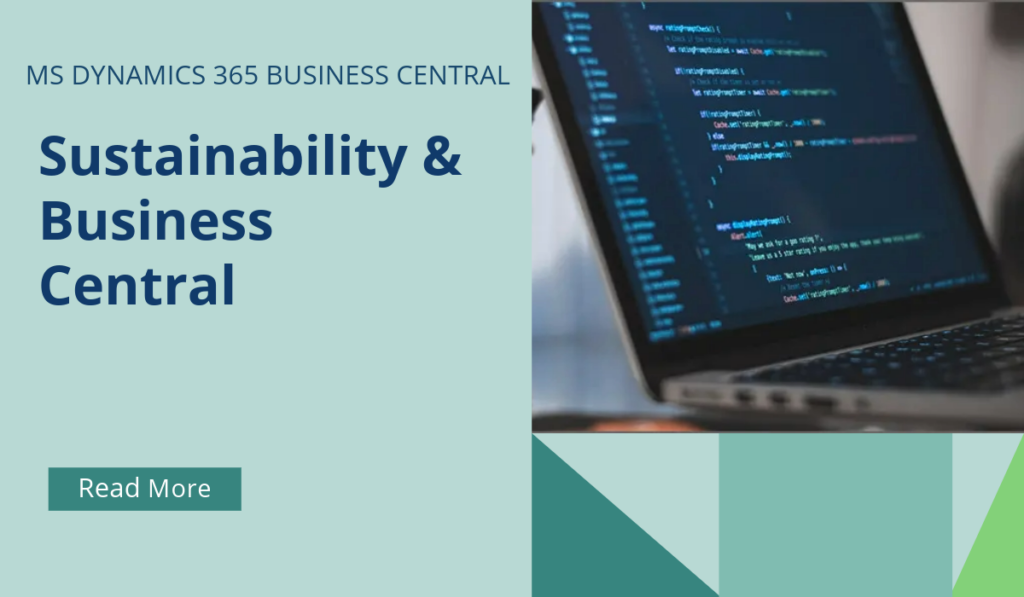
Business Central How-To: Sustainability
Business Central offers a sustainability management feature that helps you monitor and manage your organization’s and its effect on the environment. This feature is designed to oversee and regulate an organization’s environmental footprint by tracking various greenhouse gas (GHG) emissions. In this way, it facilitates proper insights. The feature supports the basic process of collecting emission data via sustainability journals or purchase documents, and recalculation of emissions to CO2 equivalent. You can either manually enter known data or use built-in methods for calculating emissions footprints; calculation using formulas are available for use only when using sustainability journals.
The first version of the feature focuses on GHG emissions. The environmental, social, and governance (ESG) standard defines three emission scopes:
- Scope 1 emissions include emissions from stationary and mobile combustion, and from inadvertent fugitive emissions.
- Scope 2 emissions include indirect emissions from the generation of energy that is purchased from utility providers.
- Scope 3 emissions include a wide spectrum of emissions, from purchased goods and services and capital goods, to fuel and energy–related activities, to upstream and downstream transportation, to generated waste, to business travel and employee commuting, and so on.
With this feature, you can:
- Set up emission factors for different sources and categories of GHG emissions.
- Record emission data in sustainability journals, either manually or by using predefined calculation methods.
- Record emission data directly working with purchase documents.
- Record purchase of carbon credit using purchase documents.
- Calculate internal carbon fee.
- Recalculate emission of all gasses to CO2 equivalent using formulas.
- Post emission entries (and carbon credits) to the sustainability ledger, where you can view and analyze the emission data by various dimensions.
- Set scorecards and goals and compare them with baseline and targeted values.
- Generate sustainability reports that show your organization’s GHG emissions performance.
- Use financial reports for cross functional reporting.
If you’d like to discuss more about Business Central’s many efficiencies and how to use them, or about making the move across to BC, reach out today to Brookland Solutions for a no obligation discussion. Get in touch!
January 6, 2025
RECENT POSTS
How to Prepare for Making Tax Digital Before April 2026
At a Glance From April 2026, HMRC’s Making Tax Digital for Income Tax Self Assessment (MTD for ITSA) becomes mandatory for self-employed individuals and landlords earning over £50,000. Businesses must maintain digital records and file [...]
Top 9 Mistakes SMEs Make When Setting Up MTD
At a Glance Many UK SMEs still struggle with Making Tax Digital due to multiple issues, ranging from non-compliant software to poor data handling. Brookland Solutions can help streamline MTD compliance through Microsoft Dynamics 365 [...]
Benefits of Business Central For UK GDPR Compliance
At a Glance Complying with GDPR is essential for UK SMEs handling personal data. Microsoft Dynamics 365 Business Central simplifies this task with its built-in tools for classification, correction, deletion, and anonymisation. With Brookland Solutions’ [...]



